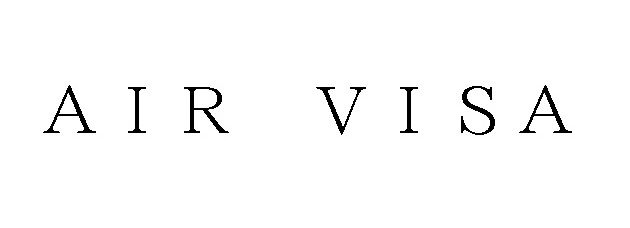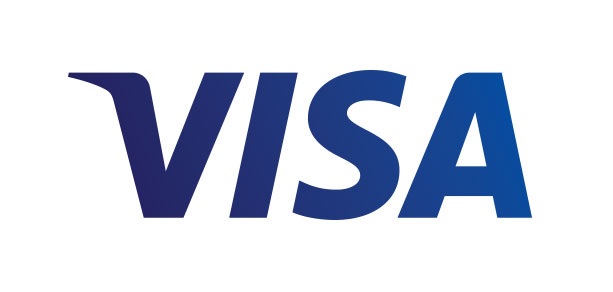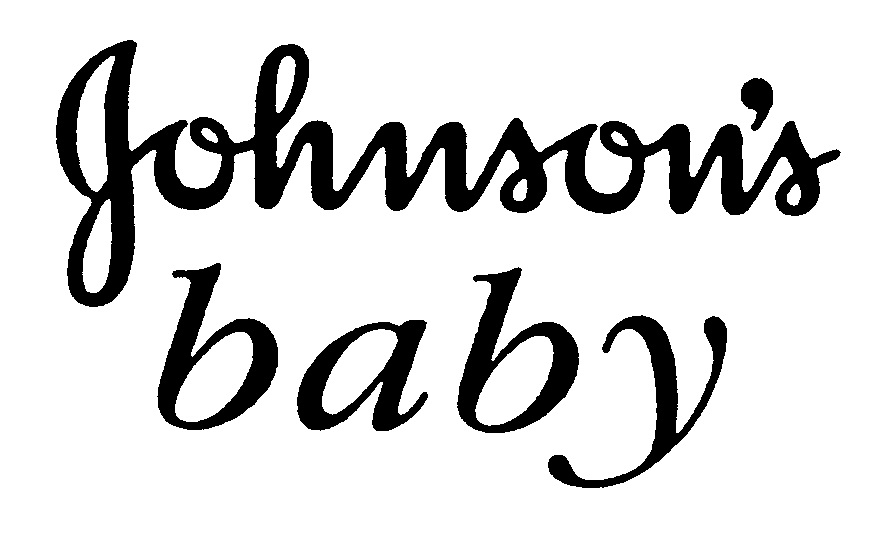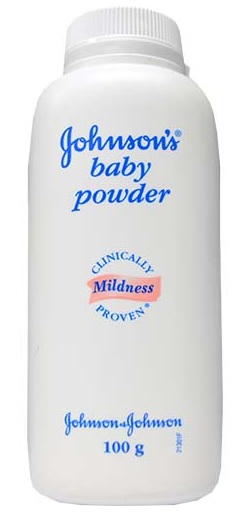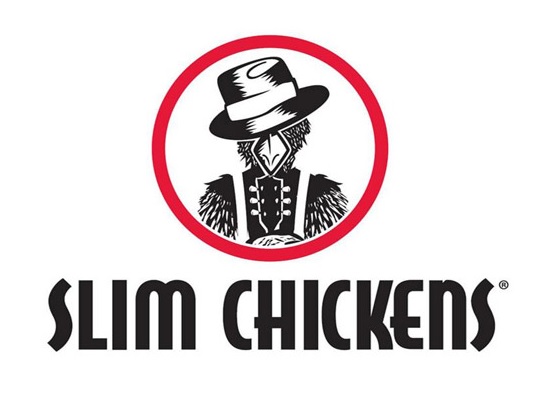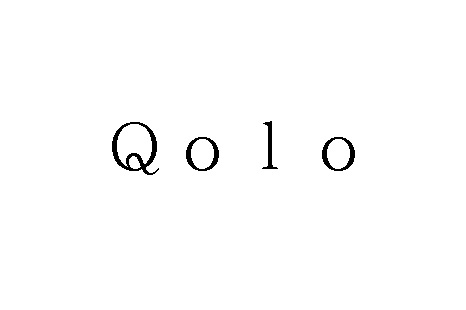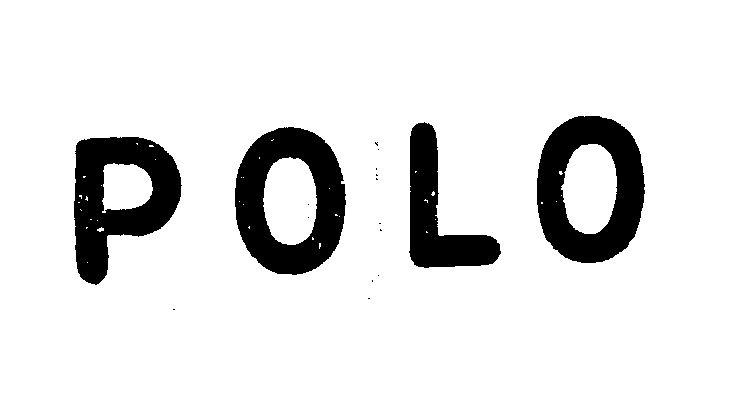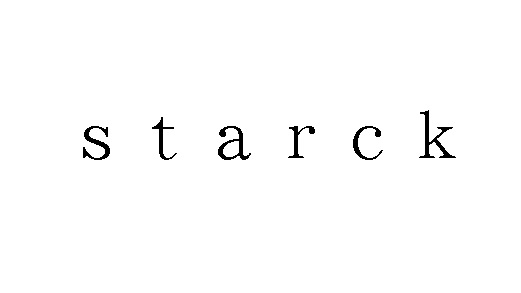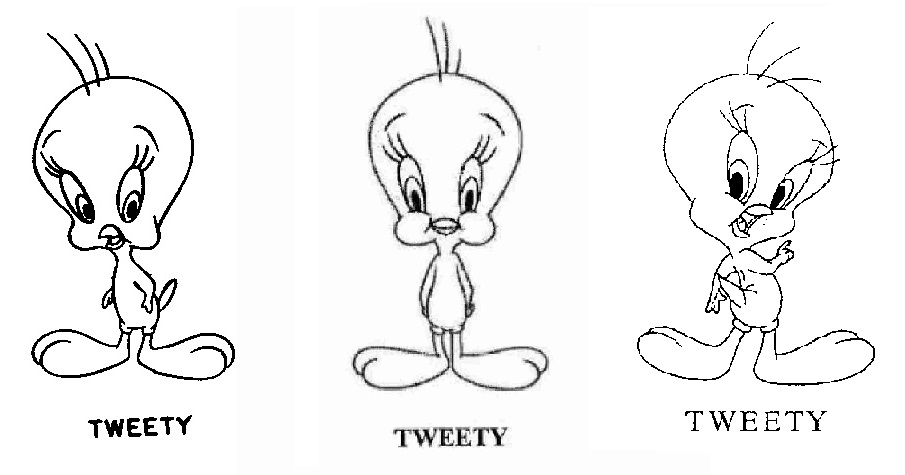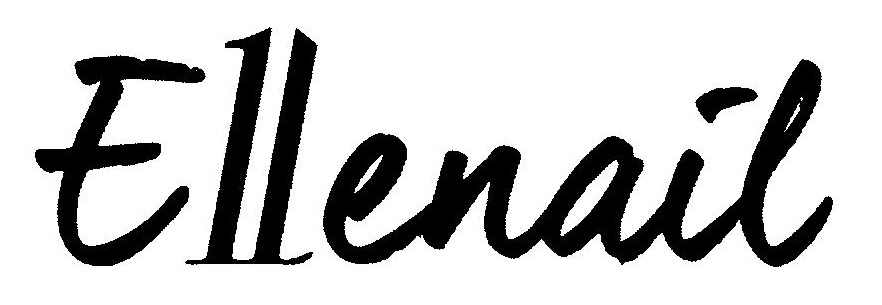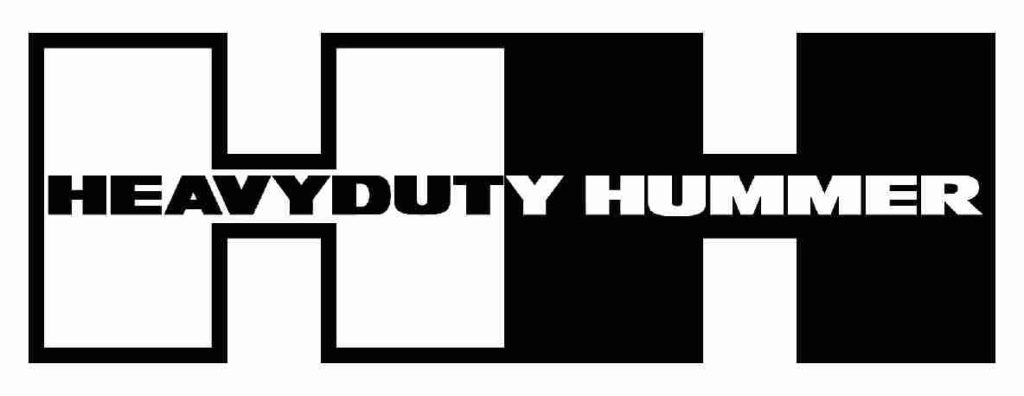The Japan Patent Office dismissed a trademark opposition claimed by the Italian luxury firm, Dolce & Gabbana against trademark registration no. 6506687 for the word mark “Ms. dolce” in class 25 by finding a less likelihood of confusion with “Dolce & Gabbana.”
[Opposition case no. 2022-900141, decided on March 23, 2023]“Ms. dolce”
The opposed mark, consisting of the word “Ms. dolce”, was filed by a Japanese company, BEANS Co., Ltd. for use on footwear in class 25 with the JPO on May 31, 2021 (TM Application no. 2021-066636).
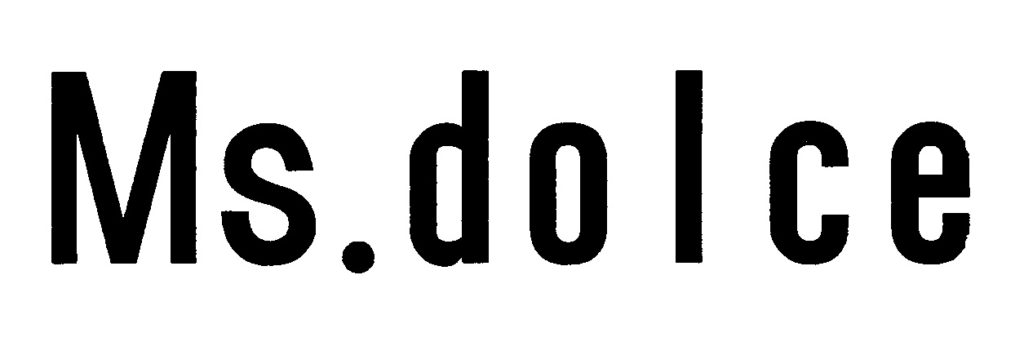
The company promotes women’s pumps bearing the mark “Ms. Dolce” via the Internet.
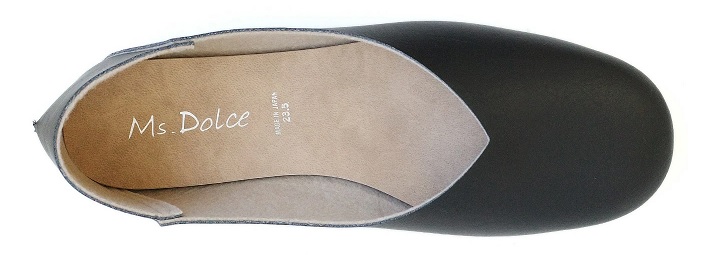
The JPO admitted registration on January 31, 2022, and published it for post-grant opposition on February 8, 2022.
Opposition by Dolce & Gabbana
Dolce & Gabbana filed an opposition on April 6, 2022, and argued the opposed mark “Ms. dolce” shall be canceled in contravention of Article 4(1)(viii) and (xv) of the Japan Trademark Law since relevant consumes are likely to confuse the source of footwear bearing the opposed mark with Dolce & Gabbana because of a close resemblance between “Ms. dolce” and the mark “Dolce” that has become famous per se as a source indicator of the opponent and been known for the abbreviation of Domenico Dolce, as an Italian fashion designer and a co-founder of Dolce & Gabbana.
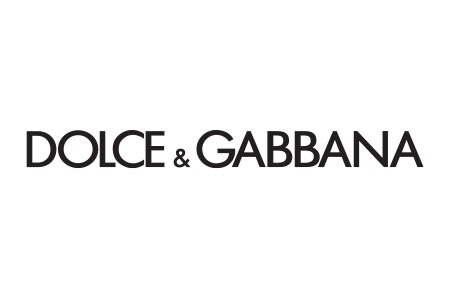
Article 4(1)(xv) is a provision to prohibit registration of a trademark which is likely to cause confusion with the business of other entities.
Article 4(1)(viii) prohibits registration of trademarks that contain the representation or name of any person, famous pseudonym, professional name, or pen name of another person, or famous abbreviation thereof.
JPO decision
The JPO Opposition Board did not admit the term “Dolce” per se has become famous as a source indicator of Dolce & Gabbana by finding that given the famous brand “Dolce & Gabbana” has been represented adjacent to the term “Dolce” on their goods, the Board has a reasonable doubt if the term has acquired a certain degree of reputation as a source indicator of the opponent from the produced evidence. Besides, the Board questioned whether “Dolce” has been known as an abbreviation of “Dolce & Gabbana” due to the same reason.
The Board assessed both marks have a low degree of similarity from visual, phonetical, and conceptual points of view by stating:
- Relevant consumers are unlikely to confuse the marks in appearance because of the distinction of the letters and configuration that constitute respective marks.
- The consumers are clearly able to distinguish two sounds with or without “Ms.”
- The opposed mark gives rise to a meaning of a woman named “dolce”. Meanwhile, the cited mark has a meaning of ‘sweet; dessert’ in the Italian language.
If so, even though footwear is closely associated with the opponent business, the Board has no reason to believe that relevant consumers would confuse a source of footwear bearing the opposed mark with Dolce & Gabbana by taking into consideration a low degree of similarity of the marks and insufficient evidence to bolster famousness of the cited mark “Dolce”.
Based on the foregoing, the Board decided the opposed mark shall not be canceled in contravention of Article 4(1)(viii) and (xv).

